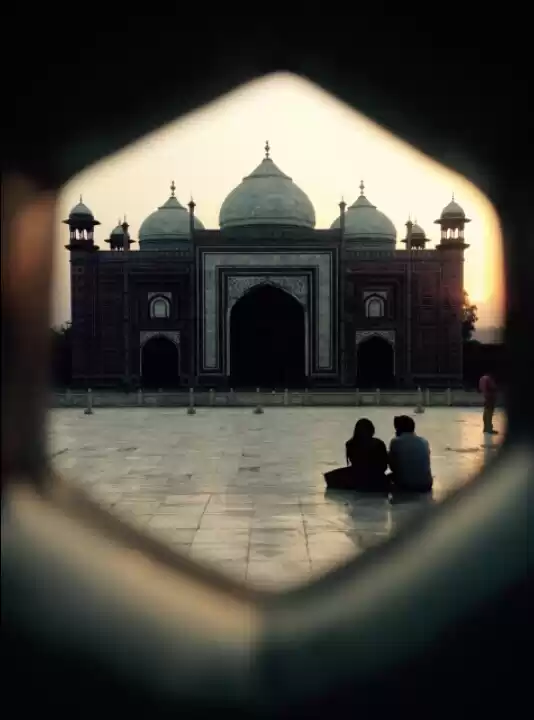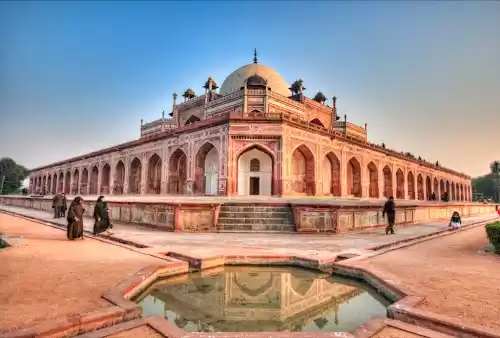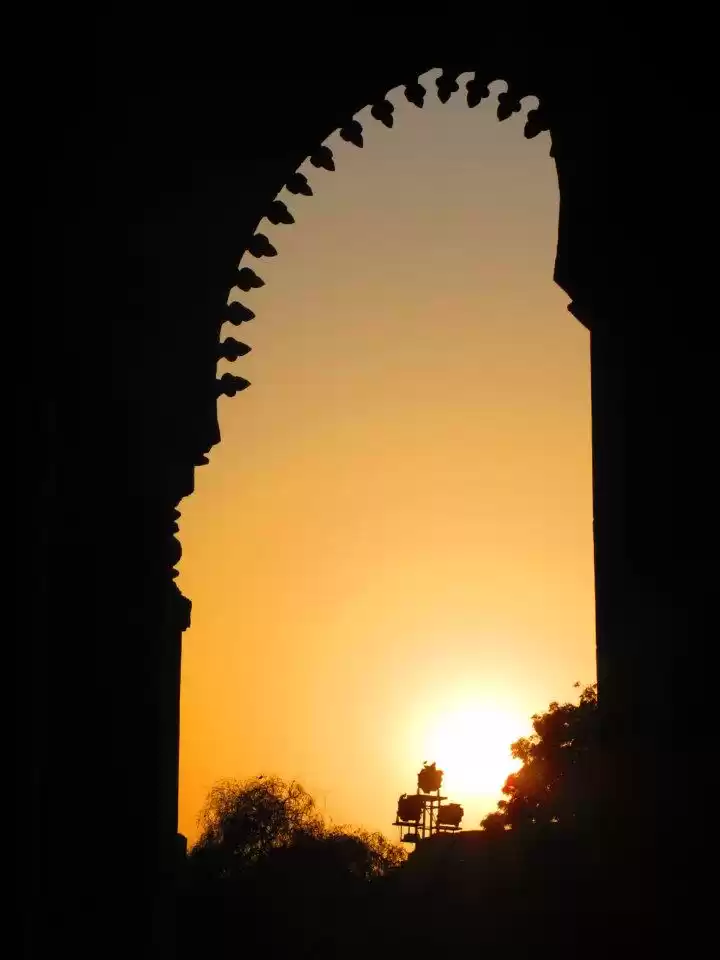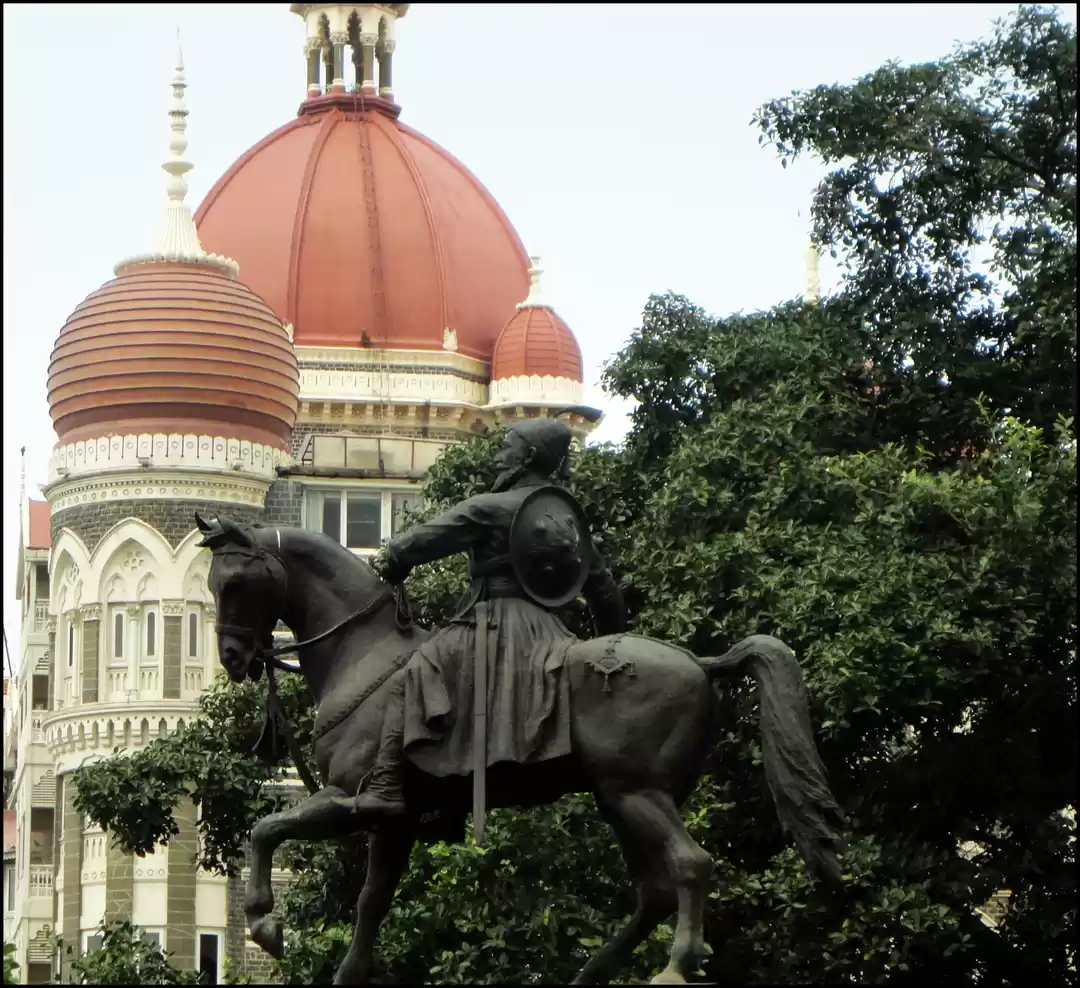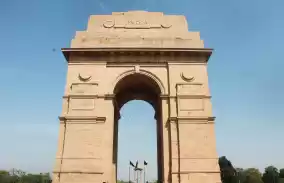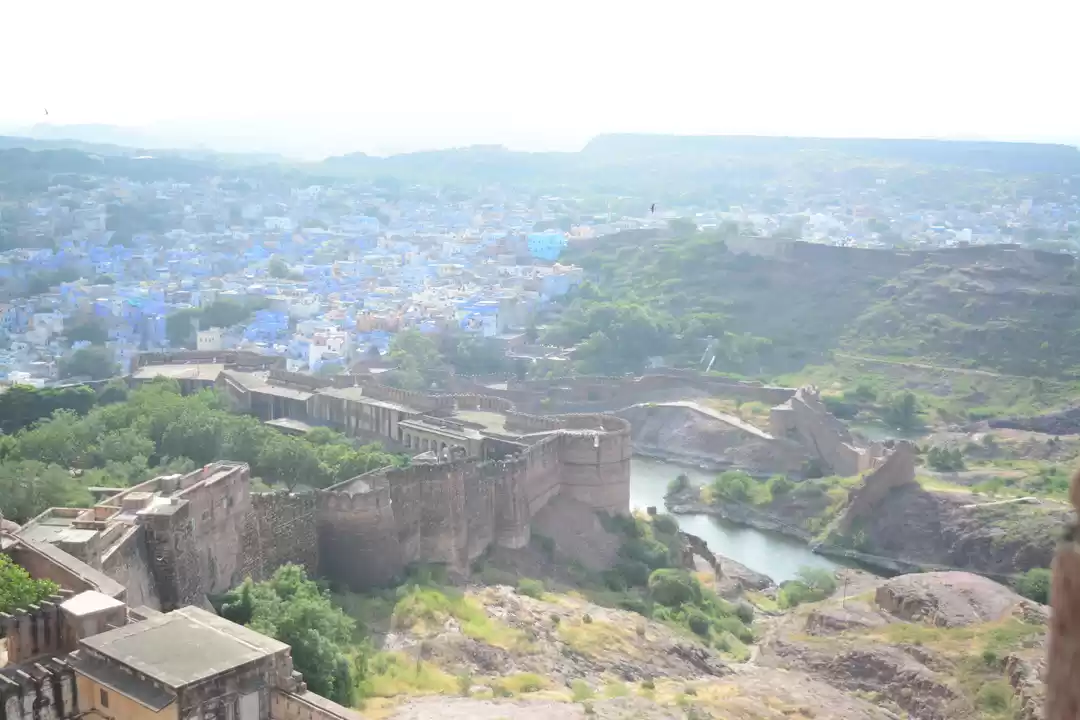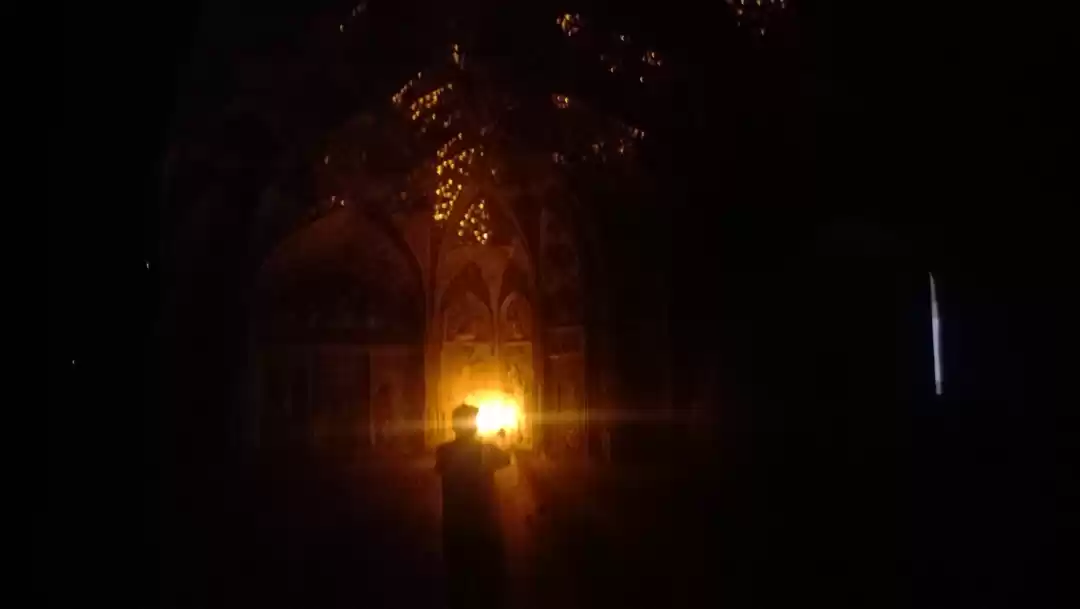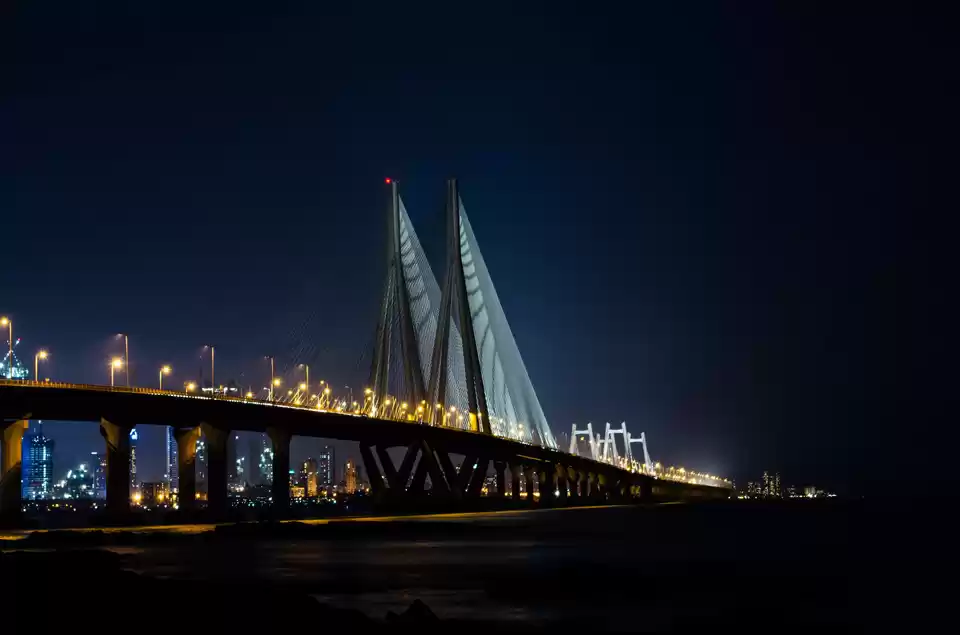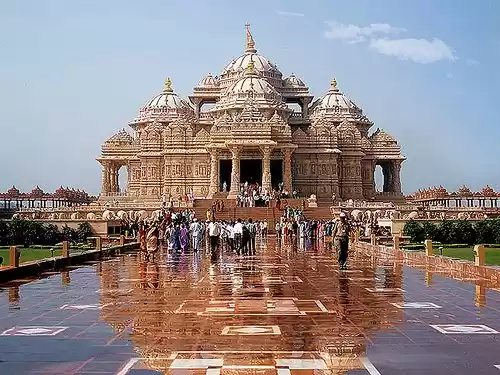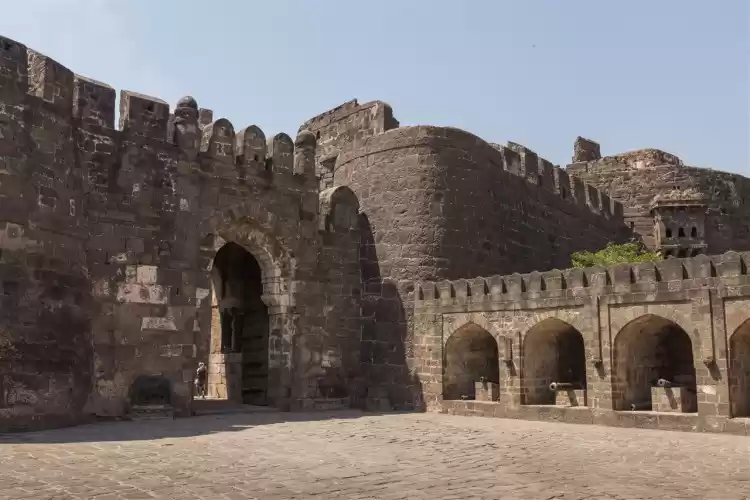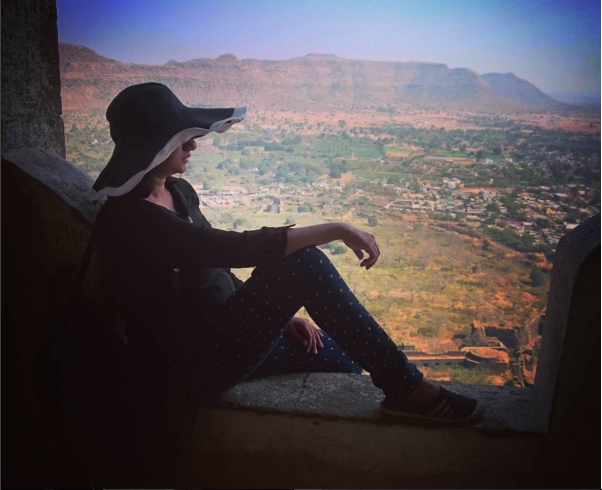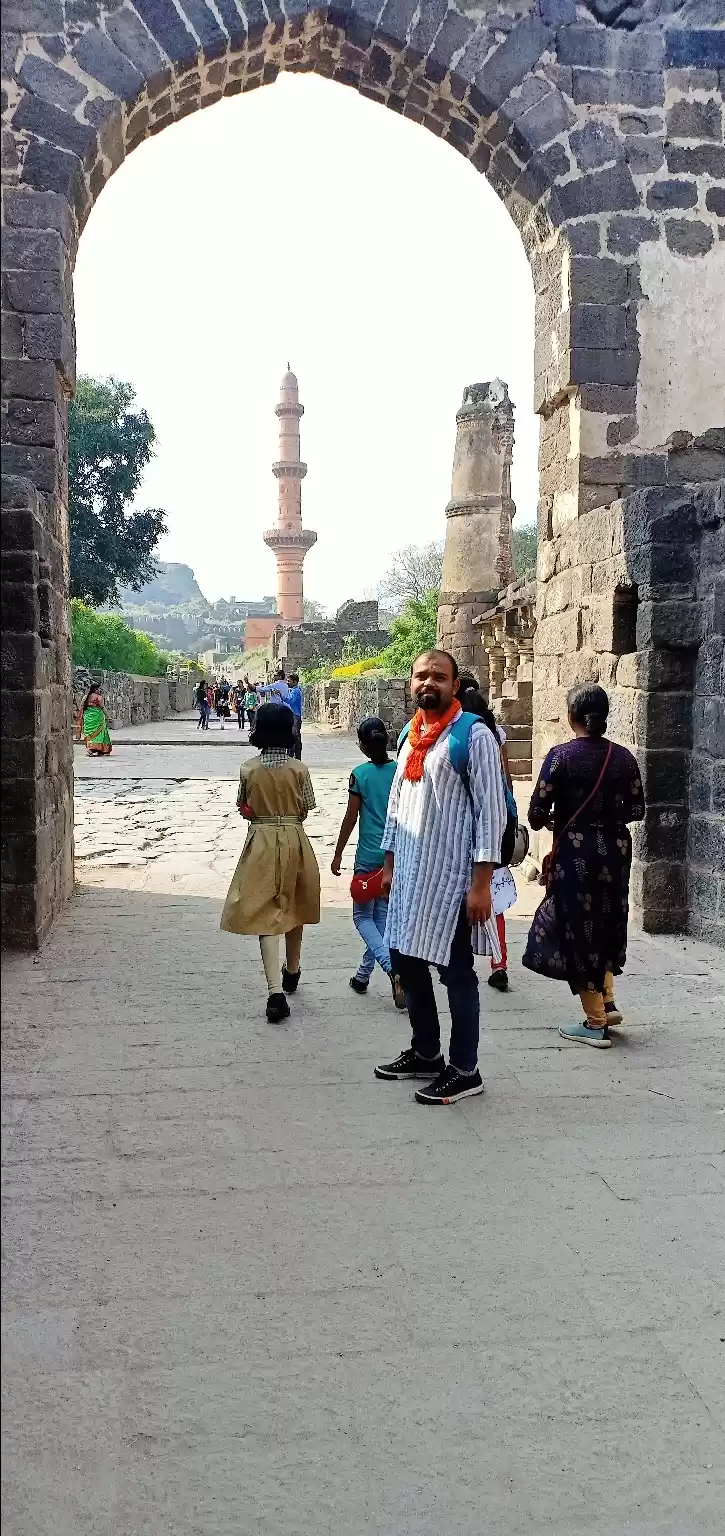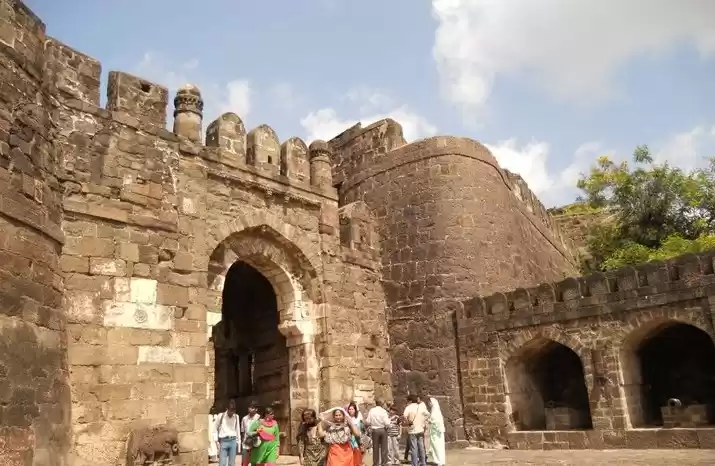Have you ever wondered what it would be like to walk through a dark passage filled with bats and iron spikes, climb a steep hill surrounded by moats and cannons, and reach the top of a towering minaret that offers a panoramic view of the landscape? If you are looking for an adventure that combines history, culture, and nature, then you should visit Daulatabad Fort in Aurangabad, Maharashtra.
Daulatabad Fort, also known as Devgiri Fort, is one of the most impressive and formidable forts in India. It was built in the 12th century by the Yadava dynasty and later expanded and fortified by several rulers, including Muhammad bin Tughluq, who famously shifted his capital from Delhi to Daulatabad in 1327. The fort has witnessed many battles and sieges, and has been described as “the most powerful fortress of the Deccan” by the Mughal emperor Aurangzeb.
In this article, we will tell you everything you need to know about Daulatabad Fort, its history, architecture, and attractions, and how to plan your visit. Whether you are a history buff, a culture enthusiast, or an adventure seeker, you will find something to enjoy at this magnificent monument.
History of Daulatabad Fort
The name Daulatabad means “the city of fortune” or “the abode of wealth”. It was given by Muhammad bin Tughluq when he decided to make it his capital in 1327. He ordered the entire population of Delhi to move to Daulatabad, a distance of over 1500 km. However, his plan failed miserably due to the lack of water supply, pestilence, and resistance from the locals. He soon abandoned Daulatabad and returned to Delhi.
But before Tughluq’s ambitious experiment, Daulatabad was known as Devgiri or Deogiri, meaning “the hill of gods”. It was founded by the Yadava king Bhillama V in 1187 as the capital of his kingdom. The Yadavas ruled over a large part of western and central India until they were defeated by the Khilji dynasty in 1294.
The Khiljis captured Devgiri Fort and renamed it Daulatabad. They also added some new features to the fort, such as the Chand Minar, a 30-meter high tower built by Ala-ud-din Khilji’s nephew and governor Qutb-ud-din Mubarak in 1318. The Chand Minar was used for prayer and as a watchtower.
The fort changed hands several times over the centuries, passing from the Khiljis to the Tughluqs, from the Tughluqs to the Bahmani sultanate, from the Bahmani sultanate to the Nizam Shahi dynasty, from the Nizam Shahi dynasty to the Mughals, and from the Mughals to the Marathas. The fort finally came under British control in 1818 after the Third Anglo-Maratha War.
Architecture and Defense Features of Daulatabad Fort
Daulatabad Fort is a masterpiece of military engineering and architecture. It is built on a conical hill that rises about 200 meters above the surrounding plain. The fort covers an area of about 94 hectares and is surrounded by three concentric walls with bastions and towers. The fort also has several moats, drawbridges, gates, and barbicans to prevent enemy attacks.
One of the most unique and ingenious defense features of the fort is the dark passage or Andheri. It is a narrow and pitch-dark tunnel that leads to the innermost wall of the fort. The passage has many twists and turns, and is infested with bats. It also has iron spikes and scalding oil pots on the ceiling to deter invaders. The passage was designed to confuse and trap enemies who tried to enter the fort.
Another remarkable attraction within the fort complex is the Chini Mahal or China Palace. It is a small building with blue tiles on its walls and roof. It was built by one of Aurangzeb’s sons as a prison for his brother Azam Shah. The Chini Mahal also served as a treasury and a mint during Aurangzeb’s reign.
Other monuments and structures within the fort complex include:
The Bharat Mata Temple: A temple dedicated to Mother India that was built by Vinayak Damodar Savarkar, a freedom fighter and revolutionary who was imprisoned in the fort by the British.
The Elephant Tank: A large water tank that was used to store water for the fort and the elephants.
The Hathi Haud: A huge cannon that was mounted on an elephant-shaped platform.
The Jami Masjid: A mosque that was built by Qutb-ud-din Mubarak on the site of a Hindu temple.
The Rani Mahal: A palace that was used by the wives of the rulers of the fort.
Daulatabad: The City of Fortune that Once Ruled India. Discover the Secrets of this Ancient Fort Here.
Trekking to the Top of Daulatabad Fort
One of the most exciting and rewarding aspects of visiting Daulatabad Fort is trekking to the top of the hill. The trek is challenging but exhilarating, as you get to see the fort from different angles and enjoy the scenic views of the countryside.
The trek starts from the main entrance of the fort, where you have to cross a drawbridge over a moat. Then you have to climb a series of steps and ramps that lead to the first wall of the fort. Along the way, you will see some cannons, sculptures, and inscriptions.

The next stage of the trek is crossing the dark passage or Andheri. This is where you need to be careful and alert, as you have to navigate through a dark and narrow tunnel with bats and iron spikes. You can use a torch or a flashlight to see your way, but be prepared for some surprises.
After crossing the dark passage, you will reach the second wall of the fort, where you will see the Chini Mahal and the Elephant Tank. You can take a break here and admire the blue tiles of the Chini Mahal and the water lilies in the Elephant Tank.
The final stage of the trek is climbing to the summit of the hill, where you will see the Chand Minar and the Bharat Mata Temple. The Chand Minar is a stunning sight, as it stands tall and proud against the sky. You can also see some carvings and paintings on its walls. The Bharat Mata Temple is a symbol of patriotism and devotion, as it honors Mother India and her sons who fought for freedom.
From the top of the hill, you can enjoy a panoramic view of the fort complex and the surrounding landscape. You can also spot some other attractions nearby, such as Ellora Caves, Bibi ka Maqbara, and Aurangabad Caves. The view is especially beautiful at sunrise and sunset, when the sky is painted with different colors.
Tips for Visiting Daulatabad Fort
If you are planning to visit Daulatabad Fort, here are some practical information and tips that will help you make the most of your trip:
- The fort is open from 9 am to 6 pm every day except Friday.
- The entry fee is Rs. 25 for Indians and Rs. 300 for foreigners.
- The best time to visit the fort is from October to March, when the weather is pleasant and cool.
- You should wear comfortable shoes and clothes, as you have to walk a lot and climb steep slopes.
- You should carry enough water and snacks, as there are no shops or restaurants inside the fort complex.
- Avoid visiting the fort during peak hours or weekends, as it can get crowded and noisy.
- Respect the monuments and structures inside the fort, and refrain from littering or vandalizing them.
- Be careful of monkeys and dogs that may roam around the fort.
Places to Visit near Daulatabad Fort
Daulatabad Fort is not only a great destination in itself, but also a convenient base to explore some other attractions in Aurangabad. Here are some places that you can visit near Daulatabad Fort:

Ellora Caves:
A UNESCO World Heritage Site that showcases rock-cut temples and sculptures from Hinduism, Buddhism, and Jainism. The caves are located about 16 km from Daulatabad Fort.

Bibi ka Maqbara:
A mausoleum that resembles the Taj Mahal in Agra. It was built by Aurangzeb’s son Azam Shah in memory of his mother Dilras Banu Begum. It is located about 14 km from Daulatabad Fort.

Aurangabad Caves:
A group of 12 Buddhist caves that date back to the 6th and 7th centuries. The caves are known for their sculptures and paintings depicting Buddhist themes. They are located about 9 km from Daulatabad Fort.
Daulatabad Fort is a majestic monument that offers a rich history and a thrilling trek. It is one of the most impressive and formidable forts in India, and a must-visit for anyone who loves history, culture, and nature. If you are looking for an adventure that combines all these elements, then you should plan your trip to Daulatabad Fort soon.
Daulatabad Fort: A majestic monument with a rich history and a thrilling trek. Learn more about this amazing place and how to plan a road trip to Daulatabad.
Have you visited Daulatabad Fort? If yes, share your experience with us in the comments section below. If not, what are you waiting for? Book your tickets now and enjoy a memorable trip to this amazing place.
We hope you enjoyed reading this article and learned something new about Daulatabad Fort. If you liked this article, please share it with your friends and family. And don’t forget to follow us on Tripoto for more travel tips and stories.



























